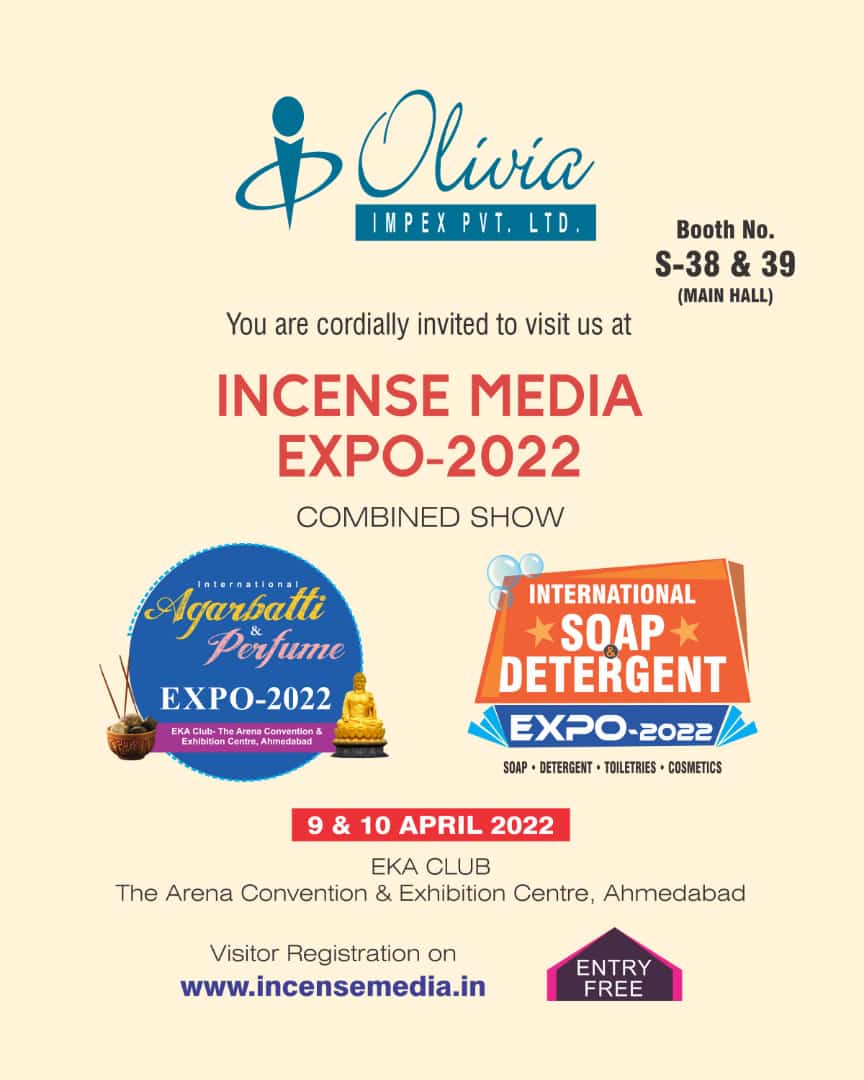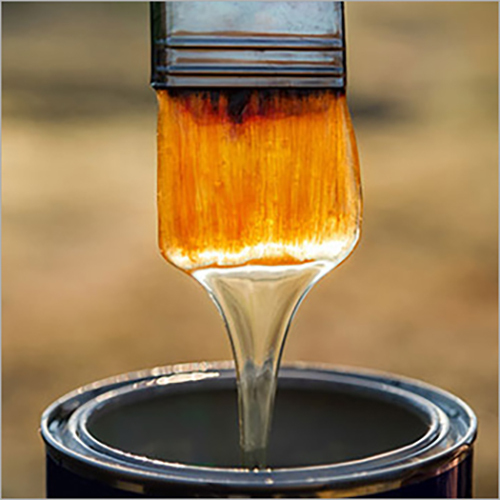
High Iodine Value Fatty Acid
1000 USD ($)/Metric Ton
Product Details:
- HS Code 38231910
- Classification Inorganic Acids
- Usage Used in Alkyd Resins, Paints, Coatings, Varnishes
- Click to View more
X
High Iodine Value Fatty Acid Price And Quantity
- 1000 USD ($)/Metric Ton
- 1 Metric Ton
High Iodine Value Fatty Acid Product Specifications
- 38231910
- Used in Alkyd Resins, Paints, Coatings, Varnishes
- Inorganic Acids
High Iodine Value Fatty Acid Trade Information
- Letter of Credit at Sight (Sight L/C) Telegraphic Transfer (T/T) Letter of Credit (L/C)
- 1000 - 2000 Metric Ton Per Month
- 1 Months
- Yes
- Available in Drum and Flexi bag
- Middle East Africa Asia
- All India
Product Description
Owing to our expertise in this domain, we offer High Iodine Value Fatty Acid is utilized for making the oils and waxes. This item has good amount of unsaturation in fats. This item is formulated by using good quality required components with the help of sophisticated technology. It is safe to use and highly effective in nature. The delivery of this product is done by us at common market price rate within the promised time frame.
Applications of High Iodine Value Fatty Acid:
1. Industrial Lubricants: High IV fatty acids are used in the production of industrial lubricants and metalworking fluids. Their unsaturated nature provides excellent lubrication properties, reducing friction and wear on machinery and equipment.
2. Polyurethane Foams: High IV fatty acids are utilized in the production of polyurethane foams. Their reactivity with isocyanates helps in creating flexible and rigid foams used in applications like furniture, mattresses, and insulation materials.
3. Alkyd Resins: High IV fatty acids are essential components in the synthesis of alkyd resins. Alkyd resins are widely used in the production of paints, varnishes, and coatings due to their excellent adhesion, gloss, and durability.
4. Surfactants: Fatty acids with high iodine value are used in the production of surfactants. Surfactants are crucial in many cleaning and personal care products, as they help in reducing surface tension and improving the solubility of substances.
5. Biodiesel Production: High IV fatty acids derived from vegetable oils, such as soybean oil or canola oil, can be used in the production of biodiesel. The high level of unsaturation makes them suitable for transesterification reactions, converting the fatty acids into biodiesel fuel.
6. Cosmetics and Personal Care: High IV fatty acids are used in the cosmetic industry to create various skincare and haircare products. They can provide moisturizing properties and contribute to the texture and stability of creams, lotions, and hair conditioners.
7. Pharmaceuticals: High IV fatty acids are used as excipients in pharmaceutical formulations to enhance drug delivery and improve the solubility of certain drugs.
8. Flavor and Fragrance Industry: High IV fatty acids are used to create various flavors and fragrances used in the food, beverage, and perfume industries.
FAQ:
Q: What is the iodine value (IV) of a fatty acid?
A: The iodine value (IV) of a fatty acid is a measure of its unsaturation or the number of double bonds present in its molecular structure. It is expressed as the number of grams of iodine that can be absorbed by 100 grams of fat or fatty acid. Higher iodine values indicate a higher degree of unsaturation, meaning there are more double bonds in the fatty acid.
Q: Why is the iodine value important for fatty acids?
A: The iodine value is an essential parameter that provides information about the degree of unsaturation in a fatty acid. This information is crucial for various industrial applications, as it influences the physical and chemical properties of the fatty acid, such as its melting point, reactivity, and susceptibility to oxidation. Fatty acids with higher iodine values are more reactive and have different characteristics compared to those with lower iodine values.
Q: What are the sources of high iodine value fatty acids?
A: High iodine value fatty acids are often derived from vegetable oils that are rich in unsaturated fatty acids. Common sources include soybean oil, canola oil, sunflower oil, linseed oil, and safflower oil. These oils contain a higher proportion of polyunsaturated fatty acids, which contribute to their higher iodine values.
Q: What are the main industrial applications of high iodine value fatty acids?
A: High iodine value fatty acids find applications in various industries. They are used in the production of industrial lubricants, alkyd resins for paints and coatings, polyurethane foams, surfactants for cleaning and personal care products, and as excipients in pharmaceutical formulations. Additionally, they are used in biodiesel production, cosmetics, and in the flavor and fragrance industry.
Q: What are the challenges associated with using high iodine value fatty acids?
A: While high iodine value fatty acids have many useful applications, they also present some challenges. One significant challenge is their susceptibility to oxidation, which can lead to rancidity and reduced shelf life. They are also more prone to heat-induced degradation, which limits their use in applications requiring high-temperature stability. Proper storage and handling are essential to minimize these issues.
Q: Are there any health considerations when using high iodine value fatty acids?
A: High iodine value fatty acids, particularly those from vegetable oils, are generally considered healthier options compared to saturated fats. They often contain beneficial unsaturated fats, such as omega-3 and omega-6 fatty acids, which have been associated with various health benefits. However, like all fats, moderation is key, and excessive consumption of any fatty acid can contribute to weight gain and other health concerns. It's essential to maintain a balanced diet and consult with healthcare professionals if there are specific health concerns or dietary requirements.
Q: How can the stability of high iodine value fatty acids be improved?
A: To improve the stability of high iodine value fatty acids, antioxidants can be added to prevent or slow down oxidation. Proper storage conditions, such as keeping the fatty acids away from heat, light, and oxygen, can also help maintain their stability and shelf life. Additionally, using them in formulations with other stabilizing ingredients can enhance their overall stability in various applications.
Enter Buying Requirement Details
 English
English Spanish
Spanish French
French German
German Italian
Italian Chinese (Simplified)
Chinese (Simplified) Japanese
Japanese Korean
Korean Arabic
Arabic Portuguese
Portuguese






